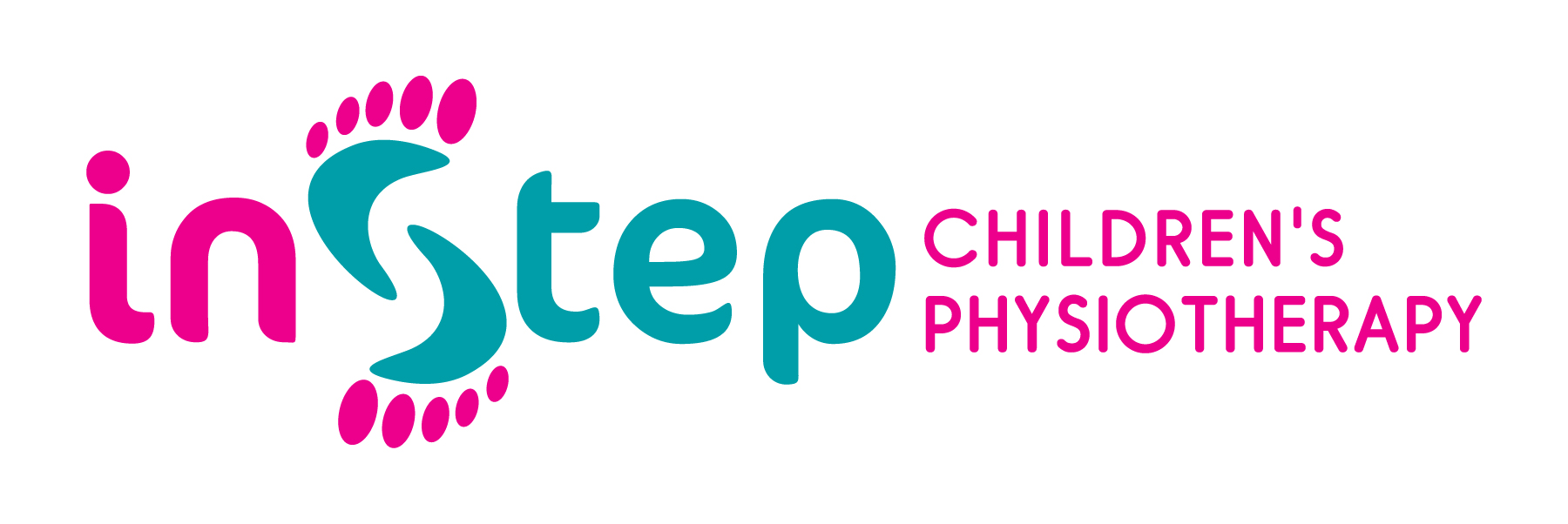Juvenile Idiopathic Arthritis is the most common rheumatic condition in children and June 9th marks the annual “Wear Purple for JIA” to help raise awareness of this condition which affects children under 16, with one or more inflamed joints which lasts more than 6 weeks. Per year there an incidence of 2-20 per 100,000 population and ¾ of children diagnosed will present with first symptoms at 2-6 years of age.
As a paediatric physiotherapist, this is a condition that I have come across many times in my career. My exposure to JIA started when I worked at Great Ormond Street Hospital and since my time there I have come to realise that any health care professional (including GPs and Orthopaedic Surgeons) that work with children, must know about JIA as a potential diagnosis to rule out, when a child presents with an inflamed joint. Effective history taking including family history and cause/length of time for the joint swelling is an essential part of the assessment.
I once came across a 9 year old female patient, who had been provided with crutches from her local A+E, as she had previously attended with a swollen, stiff and painful ankle, she was unable to walk on her ankle and had therefore been provided with crutches and advised to rest. During the physio assessment and further history taking, it transpired her ankle had been swollen for 4 months with no identifiable injury which may have caused it. She complained of a very specific stiff feeling when she first woke (I describe this to the child as feeling old and creaky!) which settled by the time she got to school and but NO stiffness towards the end of the day. She also complained of other joints feeling like her ankle and due to the specific questioning, her parents were alarmed that she hadn’t mentioned any other difficulties! There was also a significant family history of rheumatoid arthritis.
Following on from the assessment, I wrote to her GP about her multiple joint swelling, stiffness and family history and requested blood tests and alongside her GP, an onward referral to a paediatric rheumatologist was done and she was eventually diagnosed with JIA (she underwent an emergency appointment with an ophthalmologist, as inflammation of the iris is a huge risk factor as inflammation of the eye is not visible). She was started on specific medication including Disease Modifying Anti Rheumatic Drugs and Naproxen, to help reduce the joint inflammation. She also underwent a course of physiotherapy to help improve her joint movement, strength, gait and function, as this alongside medication is an essential part of managing JIA. Despite her diagnosis she continues with participating fully in PE and with several sport teams outside of school including netball, tennis and swimming. She undergoes regular reviews by the rheumatology team which involves a full body/joint count to ensure all joints remain ‘quiet’ and not inflamed.
If you have concerns around your child and joint issues, consider a paediatric physio assessment, email swati@instepchildrensphysio.com
